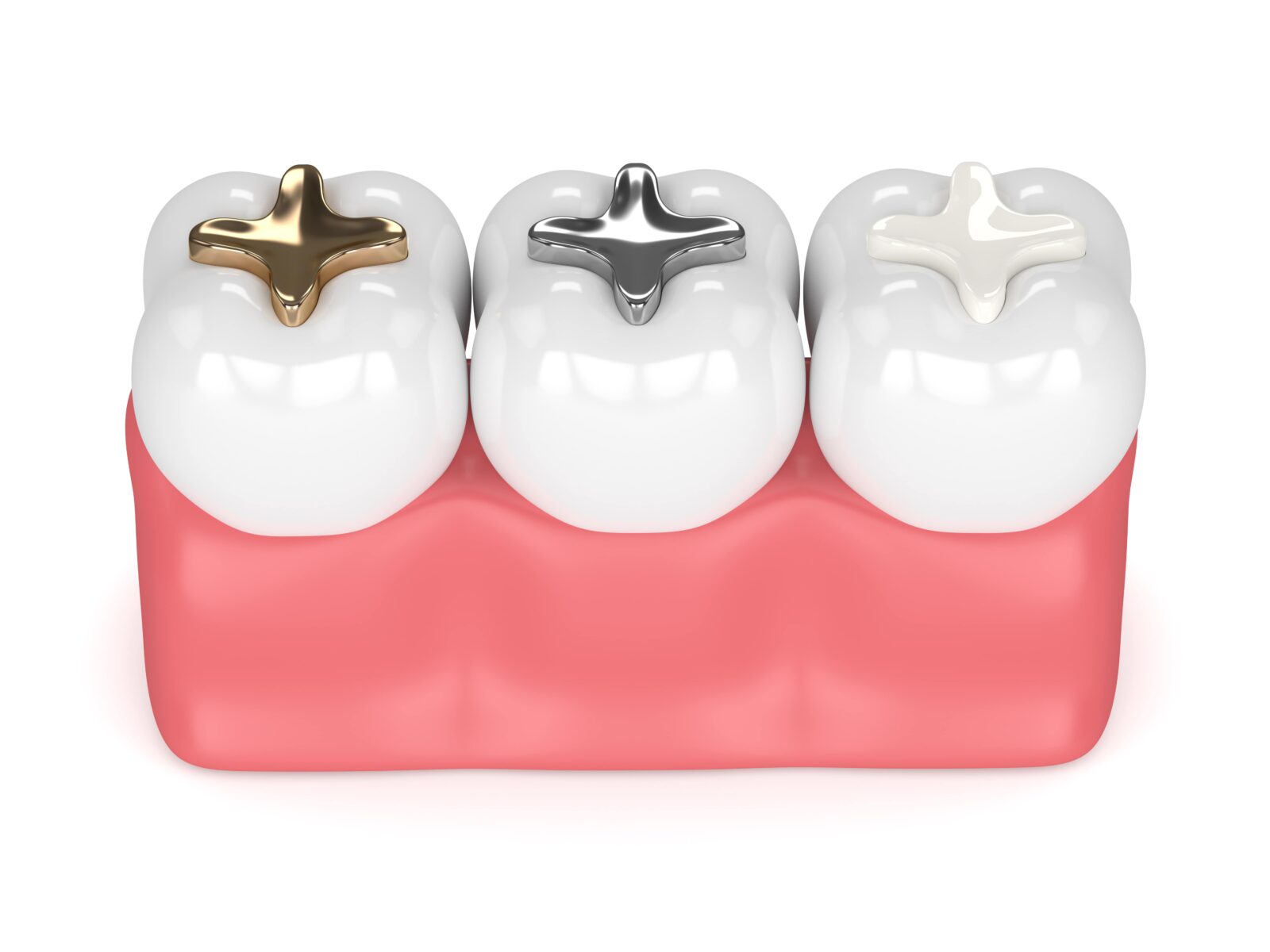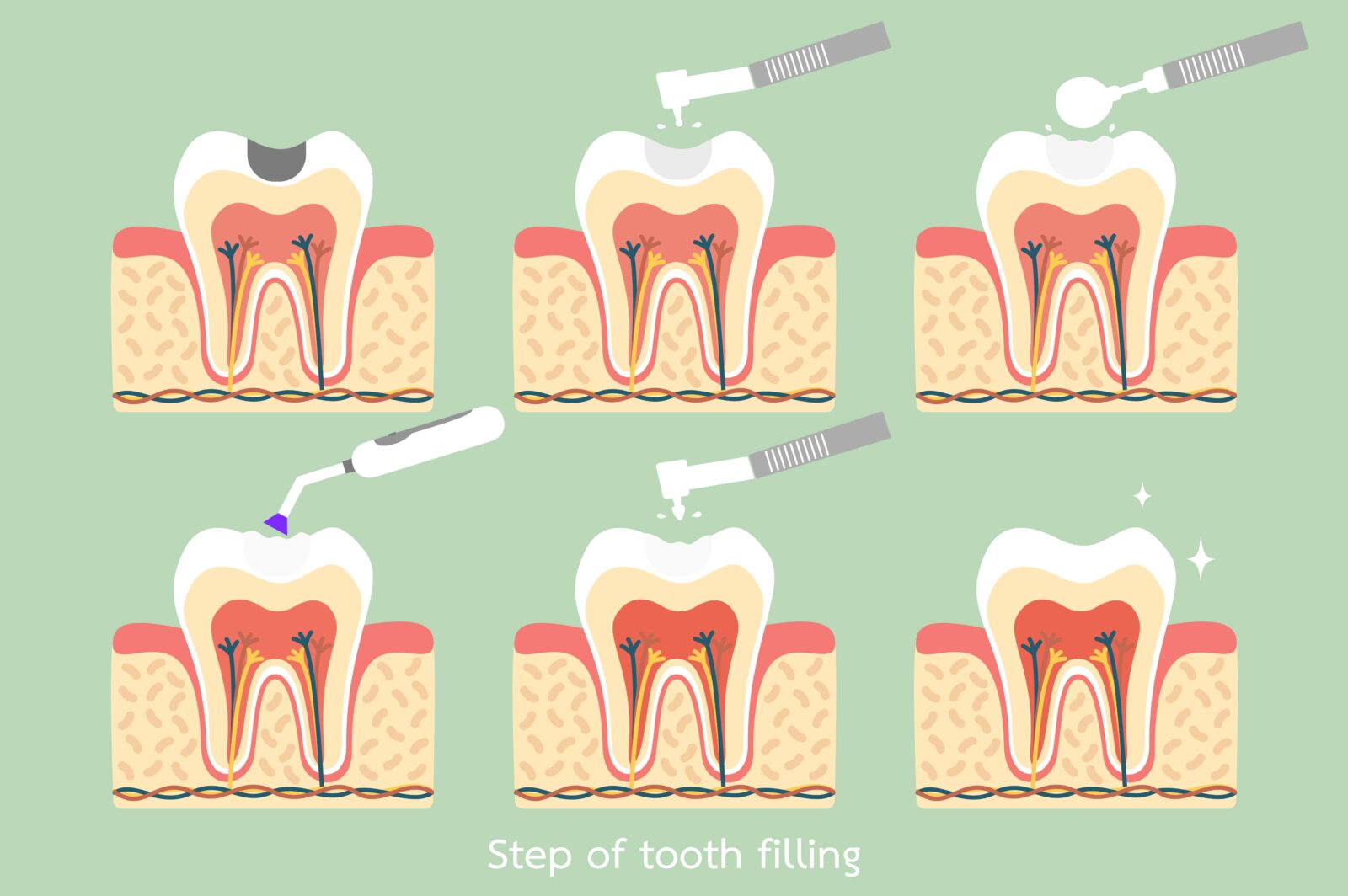Maintaining good dental health is crucial for overall well-being, and dental fillings play a significant role in addressing common dental issues. In this comprehensive guide, we will take you through the process of getting a dental filling, shedding light on its importance and what to expect during the procedure.
Preparing for the Dental Filling
Before you embark on your journey to restore your tooth, there are a few essential steps to take. Scheduling an appointment with a dentist is the first priority, followed by a dental examination and X-rays to assess the extent of the decay or damage. During this consultation, your dentist will discuss treatment options and help you determine the most suitable dental filling material for your specific case.
Types of Dental Filling Materials
There are several types of dental filling materials available, each with its own advantages and considerations. The choice of filling material depends on factors such as the extent of damage, location in the mouth, aesthetic concerns, and patient preference. Here are some common types of dental filling materials:

- Amalgam Fillings: Amalgam fillings have been used for many years and are made from a mixture of metals, including silver, tin, copper, and mercury. They are highly durable and can withstand heavy biting forces, making them suitable for molars and premolars. However, their metallic appearance makes them less aesthetically pleasing compared to other options.
- Composite Resin Fillings: Composite resin fillings are made of a tooth-colored material that can be blended to match the natural color of the tooth. This makes them a popular choice for visible areas of the mouth. Composite resin fillings bond directly to the tooth structure, providing good support. They are versatile, durable, and aesthetically pleasing. However, they may be more prone to staining and wear compared to other materials.
- Ceramic Fillings: Ceramic fillings, also known as porcelain fillings or inlays/onlays, are custom-made restorations created in a dental laboratory. They offer excellent aesthetics and can closely match the natural color of the tooth. Ceramic fillings are highly durable and resistant to staining. They are suitable for both front and back teeth. However, the process of creating ceramic fillings requires more time and is often more expensive compared to other options.
- Gold Fillings: Gold fillings, although less common today, are made from a mixture of gold and other metals. They are highly durable and long-lasting. Gold fillings are well-tolerated by gum tissues and can withstand biting forces. However, their metallic appearance makes them less preferred for visible areas of the mouth. They are more expensive than other filling materials.
It’s important to discuss the options with your dentist, as they will consider factors such as the location and size of the cavity or damage, aesthetic concerns, budget, and the dentist’s professional judgment to determine the most suitable filling material for your specific case.
The Dental Filling Procedure

The process of having a dental filling placed typically involves the following steps:
- Examination and Diagnosis: The first step is to schedule an appointment with your dentist. During the visit, the dentist will examine your teeth, possibly using X-rays, to assess the extent of decay or damage. Based on their findings, they will diagnose the need for a dental filling and discuss treatment options with you.
- Numbing the Area: Once you and your dentist have determined that a dental filling is necessary, the next step is to numb the area around the affected tooth. Local anesthesia is typically administered to ensure you remain comfortable throughout the procedure.
- Removal of Decay or Damaged Tooth Material: Once the anesthesia takes effect, the dentist will carefully remove the decayed or damaged portion of the tooth using specialized dental instruments such as a dental drill or laser. The removal process ensures that all affected areas are eliminated, providing a clean surface for the filling.
- Cleaning and Preparation: After the decay or damage has been removed, the dentist will thoroughly clean the tooth to eliminate any remaining debris or bacteria. The tooth surface is then prepared for the filling material. This may involve etching or roughening the surface to create a favorable environment for bonding.
- Placement of the Filling Material: The dentist will select the appropriate filling material based on your specific needs and preferences. Common options include amalgam, composite resin, ceramic, or gold. The chosen material is placed in layers onto the prepared tooth surface. The dentist will carefully shape and sculpt the filling material to restore the natural shape and contour of the tooth.
- Curing or Hardening the Filling: For certain types of fillings, such as composite resin, a special light or chemical process is used to cure or harden the material. This ensures that the filling becomes strong and durable.
- Bite Adjustment and Polishing: Once the filling material has hardened, the dentist will check your bite to ensure that it aligns properly with your opposing teeth. Any necessary adjustments will be made to ensure a comfortable bite. Finally, the filling is polished to smoothen its surface and make it blend seamlessly with your natural tooth enamel.
Throughout the process, your dentist will keep you informed and address any questions or concerns you may have. Following the placement of the dental filling, it is important to maintain good oral hygiene practices, attend regular dental check-ups, and promptly report any discomfort or issues to your dentist.
Post-Filling Care and Recovery
After the dental filling procedure, it is crucial to follow proper post-filling care. Your dentist will provide instructions on maintaining good oral hygiene, including brushing, flossing, and using mouthwash. It is normal to experience tooth sensitivity or discomfort for a few days after the procedure, but this should subside. If any persistent issues arise, it is essential to consult your dentist. Regular follow-up appointments and check-ups will be scheduled to monitor the condition of the filling and ensure your dental health remains optimal in the long run.
Potential Risks and Complications
Although dental fillings are generally safe and successful, it’s important to be aware of potential risks and complications. Some individuals may experience allergic reactions or sensitivity to certain filling materials, which can be addressed by discussing alternatives with your dentist. Occasionally, tooth sensitivity or discomfort may persist after the procedure, requiring further evaluation. Cracked or damaged fillings may also occur, necessitating prompt repair or replacement.
In Conclusion
Dental fillings are an integral part of maintaining oral health and preventing further dental issues. By understanding the process and the importance of dental fillings, you can make informed decisions about your dental care. Regular dental check-ups and preventive care play a crucial role in avoiding the need for extensive treatments. Remember, your smile is worth preserving, and dental fillings are a vital step towards achieving a healthy and beautiful set of teeth.
By staying proactive and seeking timely dental care, you can enjoy a lifetime of oral health and a confident smile. Take the first step towards preserving your dental well-being and consult your dentist about the benefits of dental fillings today!







